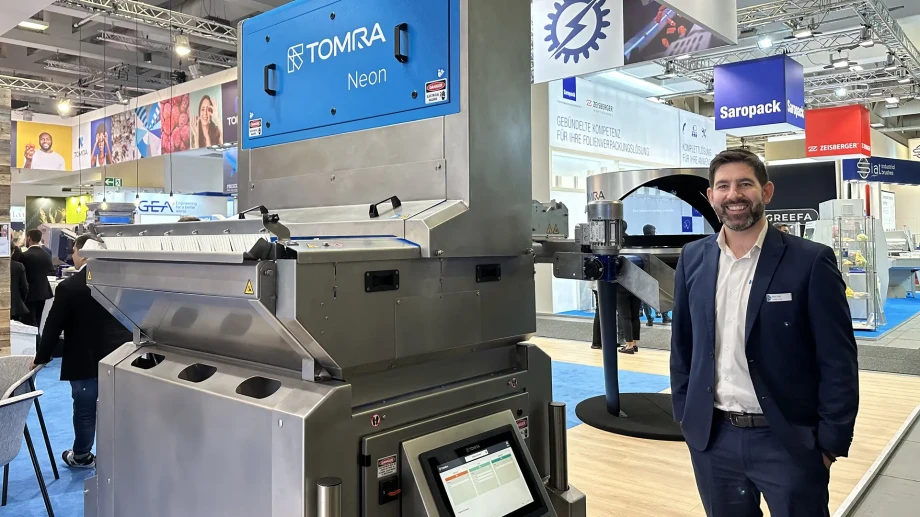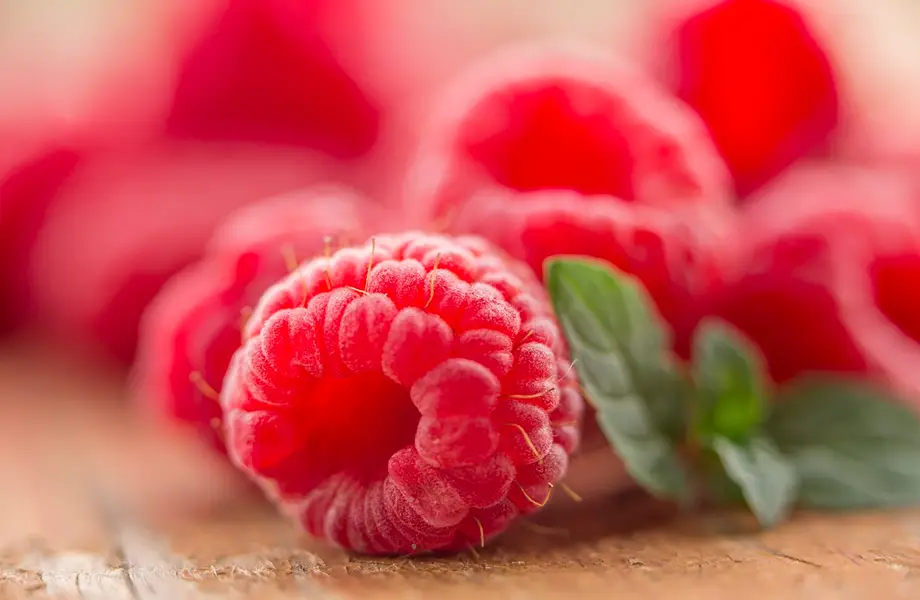The mechanized harvesting of highbush blueberries presents a combination of advantages and challenges that are crucial for farmers to consider when deciding on their harvesting methods.
One of the main advantages of mechanized harvesting is its efficiency. Automated processes tend to be faster than manual labor, allowing for a quicker and more cost-effective harvest. This increased speed is particularly beneficial for large-scale blueberry farms, where the volume of berries requires an efficient and timely harvesting approach.
Cost savings also play a significant role in favor of mechanized harvesting. With machines capable of working for more hours without breaks, the need for a large manual labor force is reduced, leading to potential long-term cost reductions for the farm.
Consistency in harvesting is another advantage offered by machines. They can follow a more uniform picking pattern, reducing variability in fruit ripeness and contributing to improved overall fruit quality. This reliability can be a critical factor for farms aiming to maintain high-quality standards for their produce.
It is for these reasons and the growing shortage of labor for harvesting that the entire industry is focusing on mechanical harvesting.
However, mechanized harvesting also presents challenges. One of the main concerns is the potential for fruit damage. Highbush blueberries are delicate, and mechanical processes can cause bruising or other types of damage, affecting the quality of the harvested berries.
Selective picking is another challenge that mechanized harvesting systems must address. Distinguishing between ripe and unripe berries or avoiding damaged ones can be a complex task for the machines, impacting the overall efficiency of the harvesting process.
To address these needs and related challenges, Tomra Neon has recently been introduced, a module specifically designed to assist farmers using machines to harvest blueberries.
Italian Berry interviewed Nick Hall, Global Segment Director - Blueberries & Processed Fruit · TOMRA Food.
Where does the need for this new module to be integrated into packaging and sorting lines come from?
Currently, there is significant growth in the market for those transitioning from manual field harvesting to mechanized harvesting of blueberries due to major challenges related to labor availability. When harvesting with a machine, there is a lot of debris that needs to be removed before the sorting process, especially clusters, stems, sticks, and leaves.
How does Tomra Neon operate?
Tomra Neon is a pre-sorter developed specifically for this purpose. An initial module will sit in front of the Neon and, using a tangential blower fan, will blow away all the leaves, sticks, and other debris. Then, when we move to the Neon, we use AI modeling software to detect damage. We detect clusters and bunches of blueberries traveling under the cameras. After that, there is a matrix valve system so that we can accurately lift those clusters off and then onto a reject cross conveyor belt.
What defects does it address?
Neon is designed to sit specifically in front of our optical sorter. But it can also be sold as a standalone machine to sort out various types of defects. In addition to clusters, we are also removing green berries, red berries, and undersized berries.
When is the market launch expected?
The machine is fully available for release now. So far, we have successfully installed approximately 12 machines in the United States and Europe. And after these successful installations, we are now moving into the market with a full launch.










